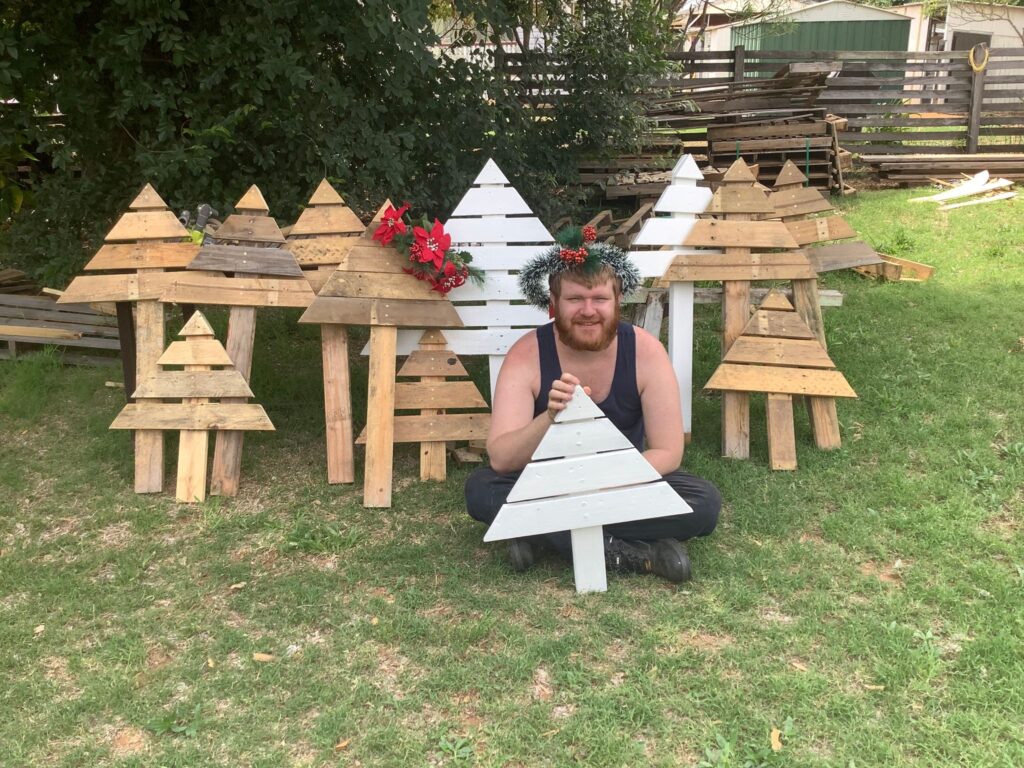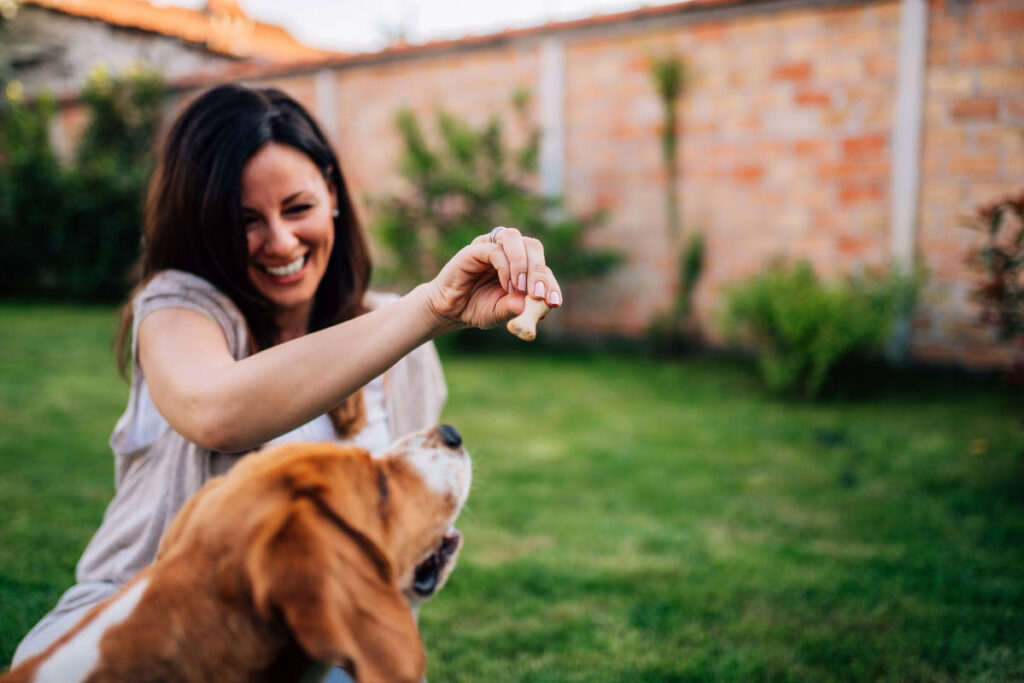Service
Micro Business Coaching for NDIS Participants
There is something deeply rewarding about having an idea and seeing it come to fruition. When that first sale comes in, the joy of accomplishment is very exciting.
At Catalyst Support Services we want to see people of all abilities unlock their potential through doing what they love.
Starting a micro business can be challenging, that’s why we’re here to help coach you through every step of the process.

How to start a micro business
It can be complicated and overwhelming thinking about how to start a business. There are lots of things which go into running a business; you need to know what to sell, who to sell it to, how much to sell it for and how to get your product out there for people to see. Let’s break it down and get you started on your own micro business venture.
How to get ideas for your micro business
The first step with any business big or small, is knowing what you want to do. Think about the things you love or the activities you love doing. Do you like dogs? Do you like baking? Do you like making stuff? Keep those things in mind or write them down, and then ask the next question: What are people doing currently that makes money out of that thing? Once we see some ways that our “thing” can make money, we have some business ideas we can work on! Let’s look at an example.

Katey really likes dogs. She loves to see them happy and healthy, wagging their tails and excited to see her.
When Katey thinks about the things people do with dogs to make money, she sees people:
- Walking dogs
- Grooming dogs
- Washing dogs
- Selling dog treats
- Selling dog toys
How to get your micro business off the ground
So you have your business idea, now you need to work out how to fulfil your product or service. Look at the people doing what you want to do, and get an understanding of every step they take to get there. From here, assess whether or not you will be able to get it done.
To help understand what is involved to fulfil your product or service, you may like search for “how to [insert your thing here]” on Google. Like, “how to bake biscuits” or “how to make a pottery mug”. YouTube is also a great resource, search a similar thing on YouTube to get an understanding of what will be involved!
Katey loves the idea of selling dog treats, but she doesn’t know how to make them. To discover how to make dog treats, she opens the internet on her phone and searches “how to make easy dog treats” on Google.
She found a really easy dog treat recipe and decided to try and make it herself. It took some time, but she made the treats and tried them on her dog, and her dog loved them.

How to set the price of your product or service
Now you know what goes into doing the thing for your business, it’s time to think about how much you will sell it for.
If you are selling a product, you need to first work out what it costs to make it. Add up the cost of all your materials and ingredients, and then break it down to the cost of one unit. This is your cost price, if you sell your product for any less than this, you will be losing money so you cannot price your product any lower than your cost price.
Once you understand the cost of your product, you need to make a profit so you can be rewarded for your hard work. One way to do this is to research what price other businesses are charging for a similar product in your area and use their price.
If you are selling a service, one way to set a price is to look at people in your area providing a similar service and discover what they are charging for it. Since you are still learning how to provide that service, you will then charge a little less for that service than they. Once you get improve your skills and you know your customers are happy, you can start to raise your price.
Katey has discovered a delicious dog treat recipe and now wants to work out how much she should charge for her dog treats.
She sees people in her area selling dog treats in 100 gram bags so she decides she will also make 100 gram bags of dog treats.
Her dog treats require 3 ingredients:
- Peanut Butter (which costs $0.80 per 100 grams)
- Bananas (which costs $0.50 per 100 grams)
- Oats (which costs $0.20 per 100 grams)
- 20 grams of peanut butter which costs ($0.80 / 100) x 20 = $0.16
- 20 grams of banana which costs ($0.50 / 100) x 20 = $0.10
- 60 grams of oats which costs ($0.20 / 100) x 60 = $0.12
When she adds the above dollar amounts together, Katey understands it will cost $0.38 to make 100 grams of dog biscuits.
She will then put the dog treats in a paper bag and write on the paper bag what type of treats the bag holds. She finds the paper bag costs $0.05.
In total, the cost for Kateys dog treats are $0.43.
She sees people in her area selling their dog treats for $2.00 per bag, so Katey decides this is a good price for her dog treats also.
How to sell your product or service
This can be one of the more daunting stages of your micro business journey – selling your product or service. The most important part of this step is that you are confident that your product or service is really good. Like Katey in our example, dogs find her treats delicious which makes the dog owner happy too, it’s a win-win-win for Katey, the dog and the dog owner. Katey is confident she is helping people have happy pets, which makes it more comfortable for her to sell her treats.
For your first customers, consider talking with friends and family about your product and service. Consider asking them if they would like to try it. If appropriate, you can even give them a free sample, this way they get a taste for how awesome your product or service is and they will be more inclined to purchase from you.
You can consider posting to social media. Check to see if there are any local groups related to your product or service, and post in that group to advertise. Or make a post on your feed about your product or service, if you make your post fun you will have more chances of getting people engaged in your business.
Other avenues can include markets, trade shows, roadside stalls, or you may like to pin a business card to your local events board or print out some fliers and place them in peoples letterboxes.
Katey has friends and family who have dogs, she decides she will give them a tester of her dog treats to make sure they enjoy them. Some of her friends dogs really enjoyed them, and her friends came back asking for more, so Katey sold them some bags of her dog treats.
Katey also decided she would have a go posting to a local Facebook dog walking group to see if anyone would like to try her dog treats. This got even more people interested in her dog treats.
Once she expanded her product line, Katey decided she would go the her local monthly market and sell her dog treats there.
The challenges of running a micro business
There are a lot of moving parts to running a micro business and a lot of elements to consider. If this is something you think you may enjoy pursuing, the best thing you can do is start. At Catalyst Support Services we love to see people unlock their potential and do what they love, so if you would like one-on-one help starting your micro business we would love to coach you through the process, enquire below and let’s get started.


